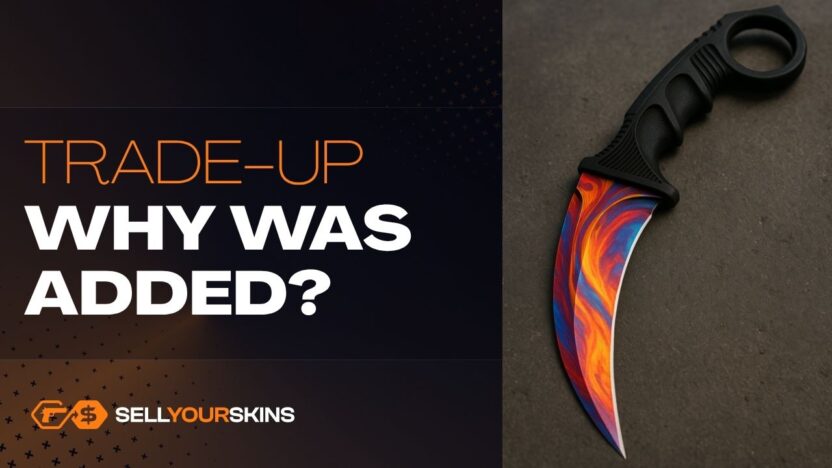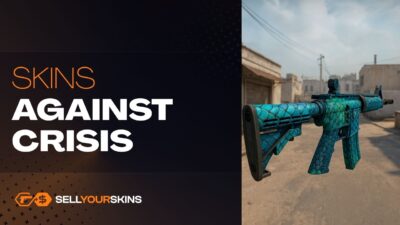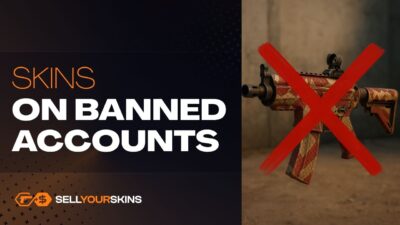The latest CS2 update completely changed the skin market, and many players are wondering why Valve allowed crafting knives and gloves. Below we discuss the three most likely reasons why the company decided to take such a risky step.
A “second life” for cheap red skins
Before the update, the price gap between red skins (Covert) and gold items (knives and gloves) was massive – in many cases downright exaggerated. Red skins, despite being the highest rarity in the classic drop tier, could cost just a fraction of even the most basic knife. Gold items had artificially inflated value because there was essentially only one real source for them – cases.
Valve likely noticed a huge oversupply of red skins on the market, sitting in inventories and generating no trading activity. However, if reds become “fuel” for obtaining golds, demand begins to naturally spread out. Simply put: it’s better to have a million red skins constantly circulating and stimulating the market than a smaller number of knives being sold only once in a while.
Increasing player activity and boosting the game’s popularity
After the update, CS2 became loud again – and not just among the most dedicated players, but also in mainstream media and within the casual community. Even though CS2 is consistently the most popular game on Steam in terms of player count, the level of real engagement can vary. Valve knows perfectly well that spectacular and unexpected changes can “bring back the hype” even for those who previously logged in only from time to time.
Right now, a lot of players simply want to “try their luck”, which naturally leads to increased activity – both in game and on the market. Some people are buying red skins specifically for trade-ups, even if they don’t plan to keep them in their inventory and are just hoping for a more expensive outcome. This directly connects with the previous point: the market becomes more active and the community more engaged. Controversy, curiosity, and that “lottery rush” serve as organic marketing – and it works better than any ad campaign.
Better control over the market, especially gold items
There’s no denying that for years, the biggest and most expensive skin transactions happened outside of Steam – in private groups, on external marketplaces, or in direct “hand-to-hand” cash deals. But if the prices of gold items drop and stop being an “extreme luxury,” it becomes more likely that players will start trading them inside the Steam ecosystem. And since the difference in risk (like being scammed) is significant, many players will choose to sell on Steam – especially when we’re talking about an item worth $10-30 instead of $300-500 – and then use the funds to buy, for example, a game. As a result, a larger share of transactions passes through official channels. Paradoxically, the drop in gold item prices ends up having a positive impact on player safety, as more people will prefer to sell on Steam.



